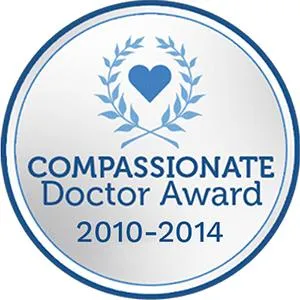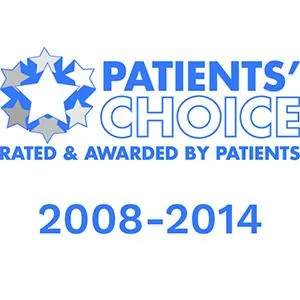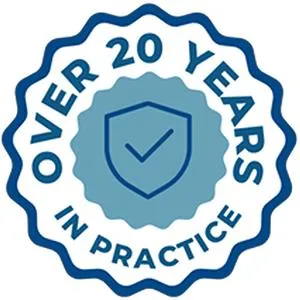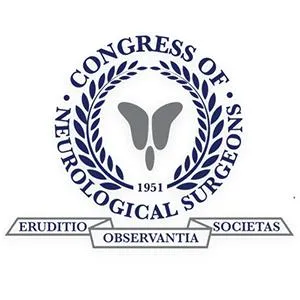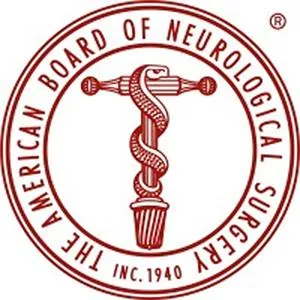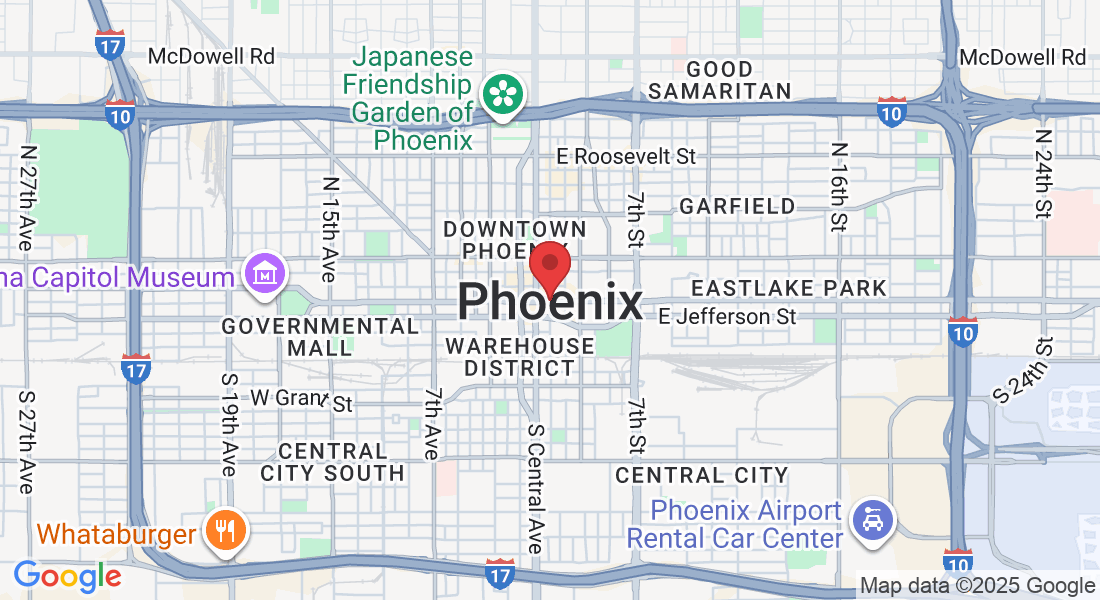Spine Nerve Conditions
Myelopathy
Understanding Spinal Cord Compression
The spinal cord is the body’s information highway, carrying signals between the brain and the rest of the body. When the spinal cord becomes compressed, the condition is known as myelopathy. Unlike a “pinched nerve” that affects one arm or leg, myelopathy often causes more widespread symptoms — including coordination problems, weakness, and balance issues. At Desert Spine and Pain, we know hearing the words “spinal cord compression” can feel overwhelming. With the expertise of Dr. David L. Greenwald, M.D., FAANS, FACS, a nationally recognized neurosurgeon, patients in Phoenix receive world-class evaluation and treatment options to prevent permanent damage and restore function.

Over 100 5-Star Reviews!

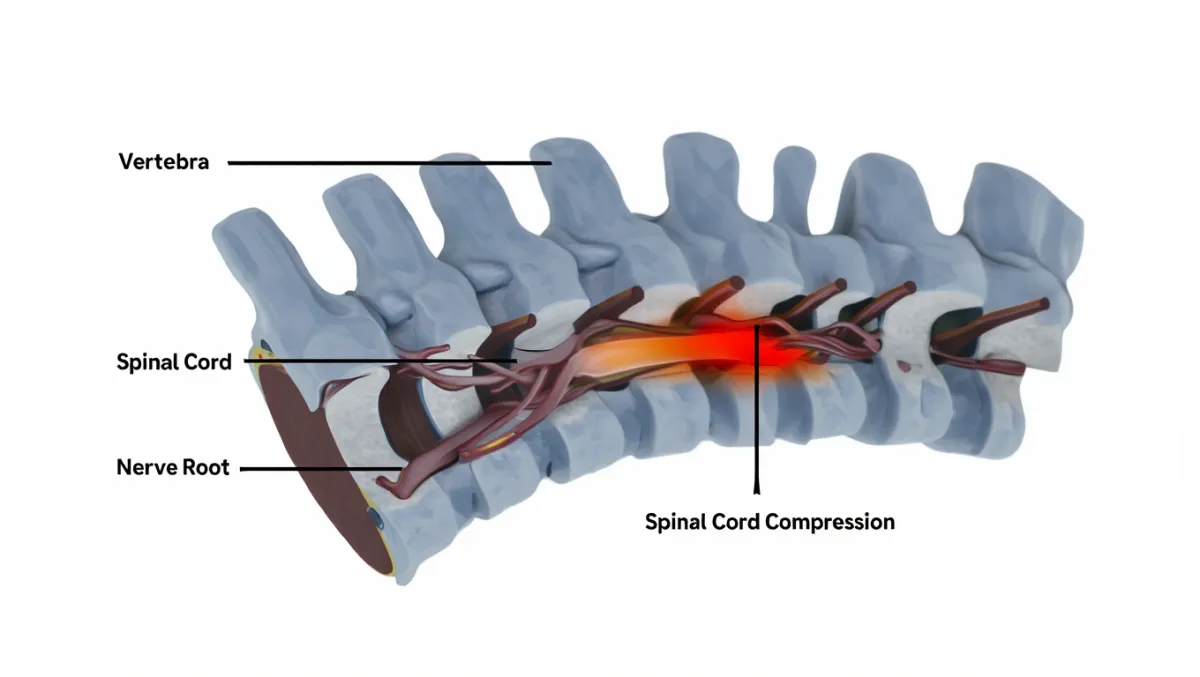
What Is Myelopathy?
Myelopathy refers to dysfunction of the spinal cord due to compression, often from:
Herniated discs
Arthritis and bone spurs
Spinal stenosis
Thickened ligaments
Spinal tumors or infections
Trauma
It most commonly affects the cervical spine (neck), but can occur in the thoracic or lumbar spine as well.
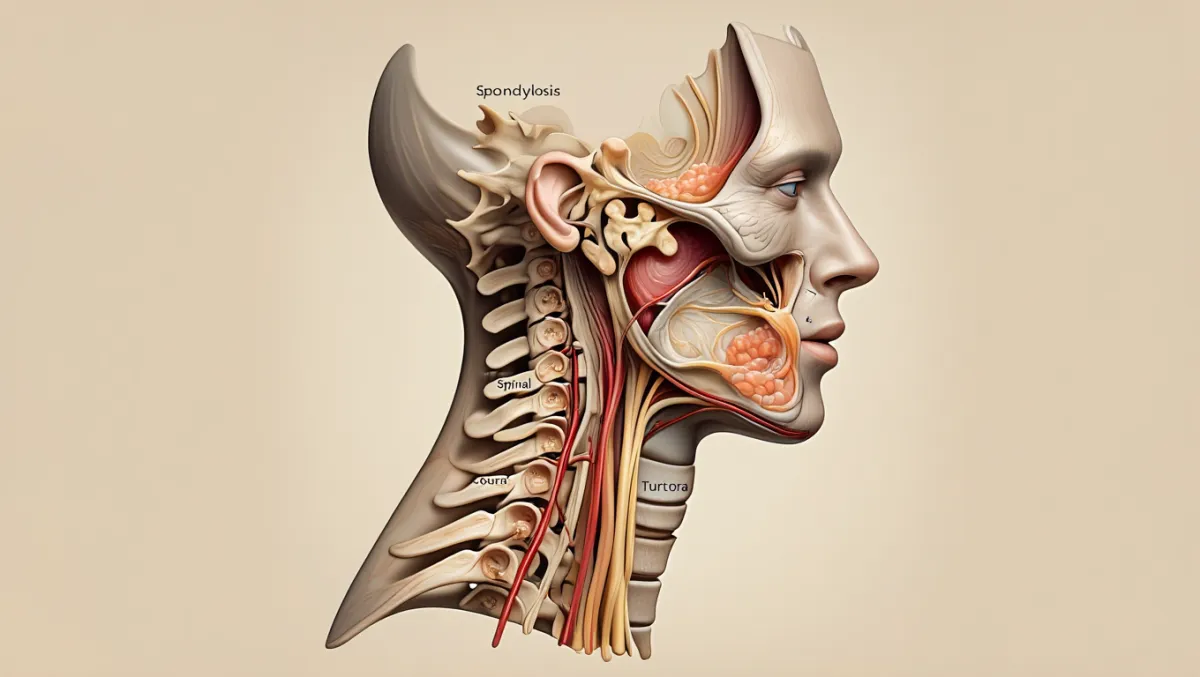
Causes and Risk Factors
Degenerative changes – Arthritis, disc herniations, and ligament thickening
Trauma – Fractures or dislocations pressing on the cord
Congenital stenosis – Naturally narrow spinal canal
Tumors or infections – Rare but serious causes
Herniated discs – Severe disc extrusion into the canal
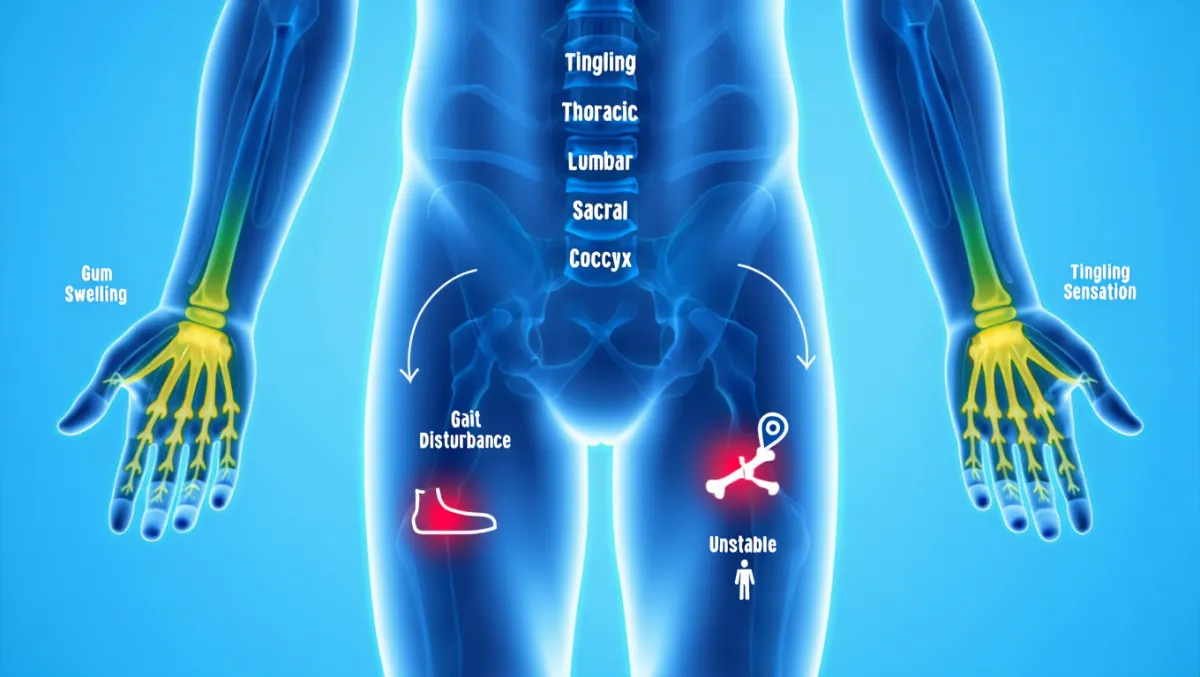
Symptoms of Myelopathy
Neck, mid-back, or lower back pain
Hand clumsiness or difficulty with fine motor skills
Arm or leg weakness
Numbness, tingling, or burning sensations
Difficulty walking, poor balance, or frequent falls
Muscle stiffness (spasticity)
Loss of bladder or bowel control (advanced cases, medical emergency)
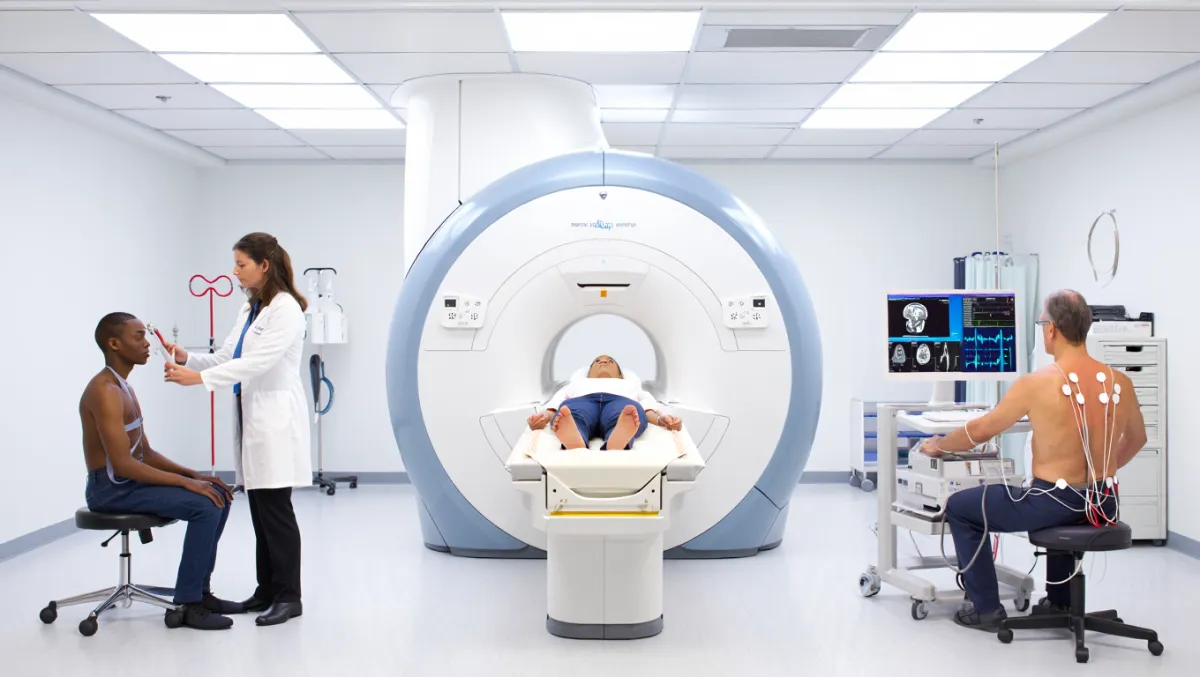
Diagnosis
At Desert Spine and Pain, our evaluation includes:
Neurological exam – Checking strength, reflexes, coordination, and gait
Imaging –
MRI is the gold standard for spinal cord compression
X-rays show alignment and arthritis
CT scans for bone detail if needed
Electrodiagnostic studies – Occasionally used to rule out peripheral nerve disorders
Treatment Options
Non-Surgical Care
Mild cases may be monitored, but myelopathy usually requires proactive treatment to prevent worsening. Options include:
Medications for pain and inflammation
Physical Therapy for balance and strength (when safe)
Activity modification to avoid further spinal stress
Surgical Care
Surgery is often recommended to relieve cord compression:
Anterior Cervical Discectomy and Fusion (ACDF) – Removes herniated disc or bone spurs from the front of the neck and fuses the spine
Cervical Disc Replacement – Preserves motion while relieving compression
Laminectomy / Laminoplasty – Decompresses the cord from the back of the spine
Minimally Invasive Surgery (MIS) – Smaller incisions, less muscle disruption, faster recovery
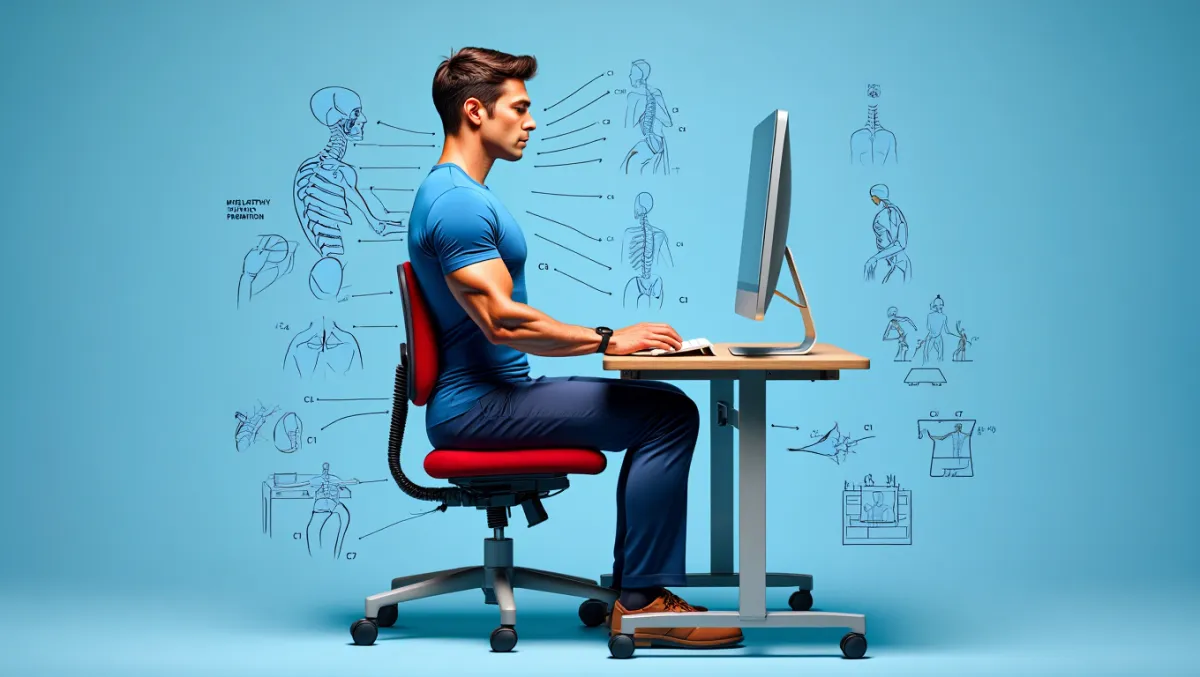
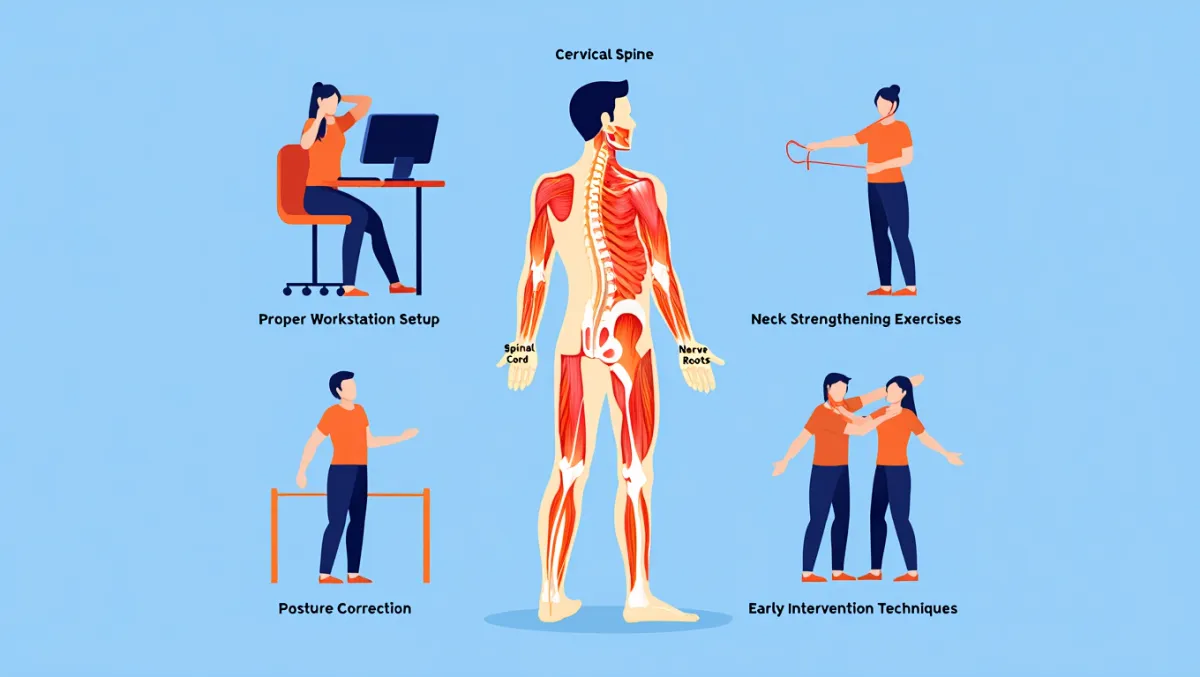
Frequently Asked Questions
Is myelopathy the same as radiculopathy?
No. Myelopathy is compression of the spinal cord, while radiculopathy is compression of an individual nerve root.
Can myelopathy go untreated?
No. Untreated myelopathy may lead to permanent nerve damage, paralysis, or loss of bladder/bowel function.
Is surgery always required for myelopathy?
Often, yes. Because myelopathy involves the spinal cord, surgery is usually recommended to prevent worsening damage.
How quickly does myelopathy progress?
It varies. Some patients worsen slowly, while others decline rapidly. Early treatment gives the best chance for recovery.
How does Desert Spine and Pain treat myelopathy differently?
We provide advanced diagnostics, conservative monitoring when safe, and minimally invasive surgical expertise when needed — led by Dr. Greenwald.
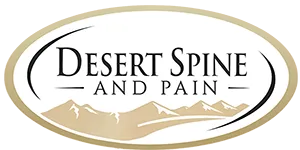

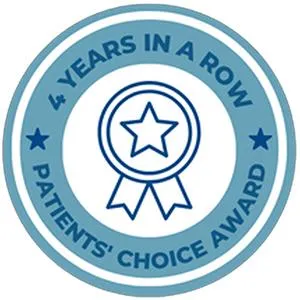

Dr. David L. Greenwald, MD
Neuro-Spine Surgeon
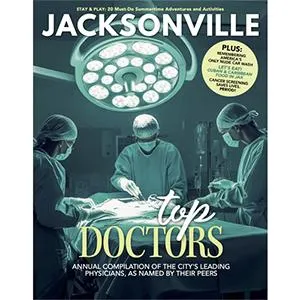
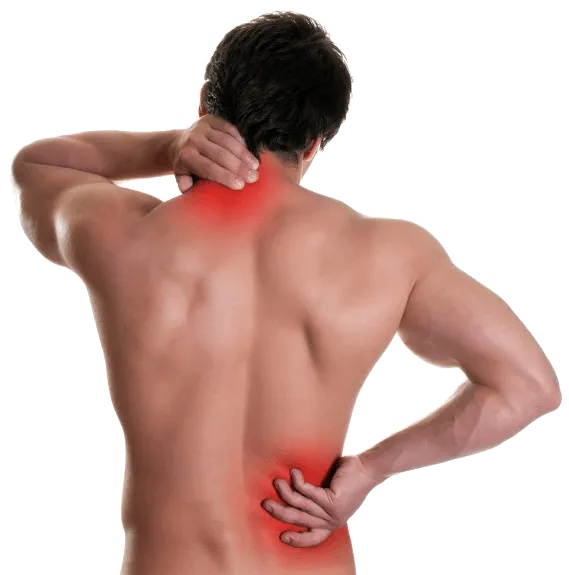
Call Now!
Desert Spine and Pain
A Spine Specialist is standing by.
Relief is just a phone call away!
Available Around the Clock.
Phone: (602) 566-9500
Email: [email protected]
Contact Us
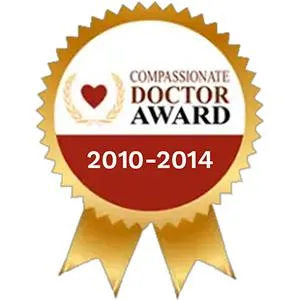
Your Journey Begins with us.
Every step you take toward your health is a step toward a better tomorrow. With our compassionate care and expert guidance, we’ll be with you at every turn, helping you recover, regain strength, and thrive. You deserve to feel your best, and we’re here to make it happen, one day at a time.
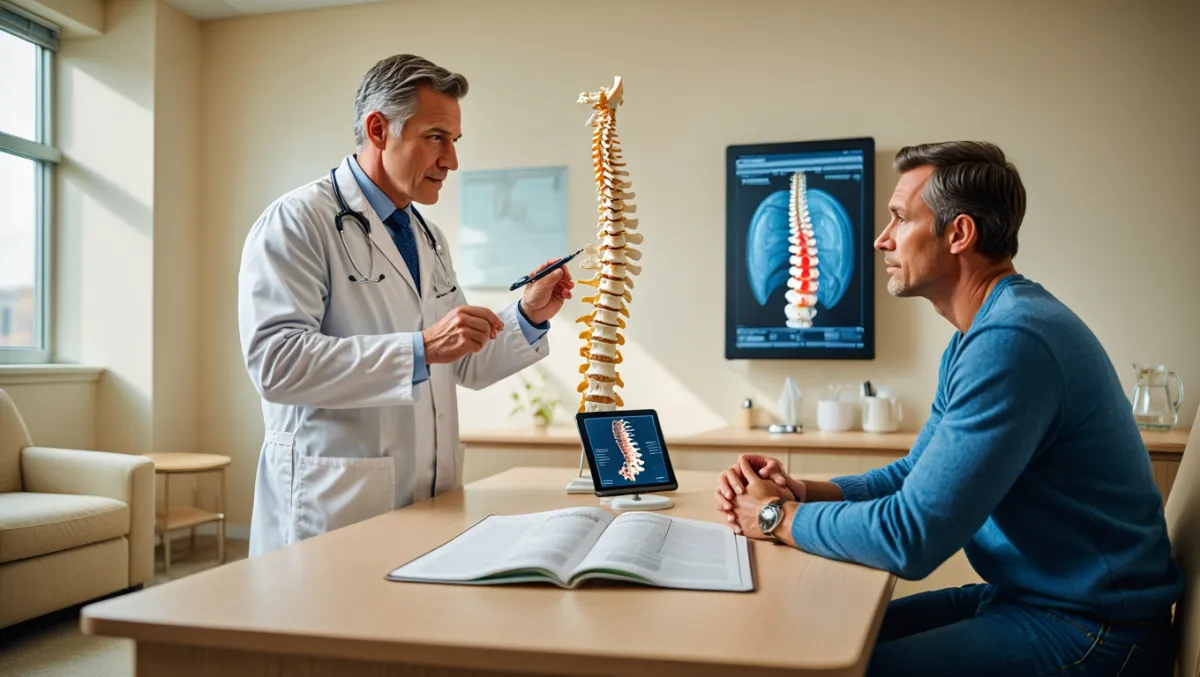
Voted Best Spine Doctor
Over 30 Years Experience in Orthopedic & Neuro Spine Surgeries.

Dr. David L. Greenwald, M.D., F.A.C.S.
Neurosurgeon | Spine Surgeon | Regenerative Medicine
Explore the experiences of our clients and the positive impact of our personalized healthcare services. Our gallery showcases the dedication, compassion, and expertise that define the care we provide. From home visits to recovery milestones, see how we bring comfort and wellness to those who need it most.
Book your Spine Care Consultation Today!


Desert Spine and Pain
Patient Centered & Partner Focused
Quick Links
Resources
Connect With Us
© Desert Spine and Pain. 2025. All Rights Reserved. Sitemap

